Teaching Kids About Autism
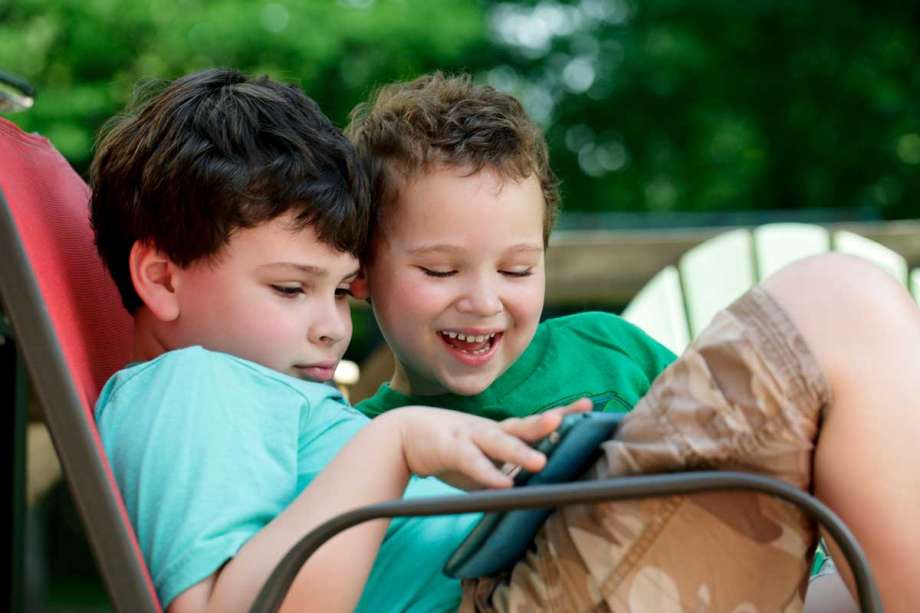
Autism is a developmental disability, which can be difficult for children to understand when they witness their peers, family members, or strangers who struggle to communicate verbally or interact socially. Opening up the conversation with your children about autism can bring clarity for them, and aid their compassion for others.
April is National Autism Month, marking it the perfect opportunity to talk with your children about autism. In 2018, approximately 1 in 59 children were diagnosed with an autism spectrum disorder (ASD) according to the CDC.
More: 6 Autism Awareness Activities for Kids
But discussing autism and other mental or physical disorders with your children can be a tricky and confusing place if you aren’t sure how to start the conversation. Here are a few conversation starters that will make autism more understandable for your child.
If your friend eats the same lunch every day at school, they aren’t boring

Like your kids might be obsessed with playing Fortnite or watching videos on Tik Tok, people with autism often have hyper-focused interests and objects. These could range from food choices to TV shows, singers or bands, and books.
If someone is nonverbal, they are not stupid
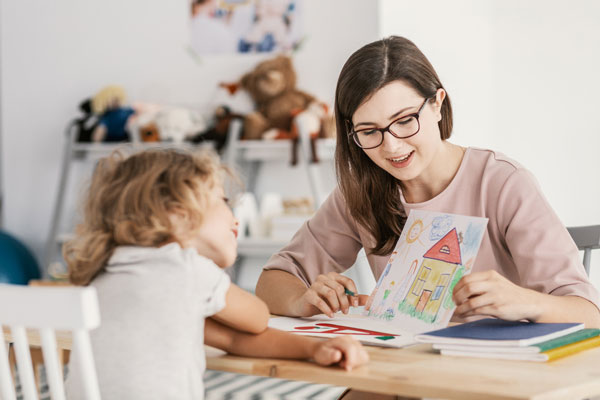
An estimated one-third of people diagnosed with autism are nonverbal. Like the spectrum of the disorder, it can vary from person to person how much they are able to speak or use words.
Don’t stare if you see someone doing a repetitive motion
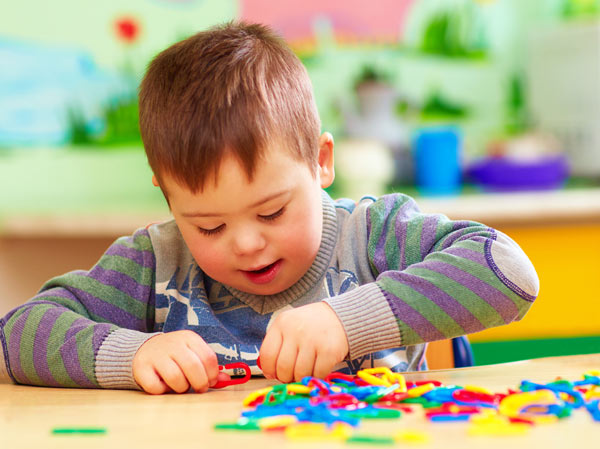
This can be jarring at times to other children who have never seen ‘stimming’ aka self-stimulating behavior before. These repetitive movements can include: jumping, spinning, twirling, finger-flicking, hand or arm flapping, rocking, head-banging, and other complex body movements.
Colleen Wildenhaus, a mother and veteran teacher of students with autism shared additional insight about how to foster acceptance: “As parents, our children are always watching us. Make sure that you are modeling acceptance, understanding, and normalcy at all times when interacting or discussing children who may have atypical behaviors. When children ask questions about the way a person is behaving, it is important that parents answer with honesty and positivity. Make sure to highlight the reasons why a person with autism may have atypical behaviors and why these occur. If you are unsure, let your child know this. Spend time together learning more about autism, learning how and why behaviors occur. The more knowledge a child has, the more apt he or she is to share that information with peers, be less judgmental, and to be more accepting.”
If you switch classrooms, your friend may have difficulty with change
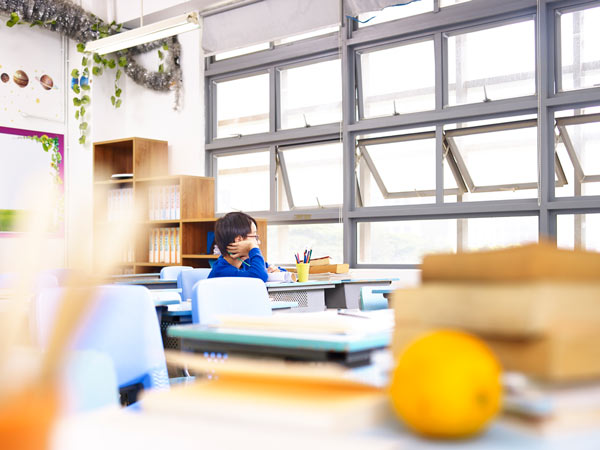
Similar to having honed in interests or ‘obsessions,’ people with autism can have a difficult time coping with changes big and small, as dealing with changes in environment, food, or daily routine can be upsetting.
If you hear someone making noises or repeating words, it isn’t something to make fun of
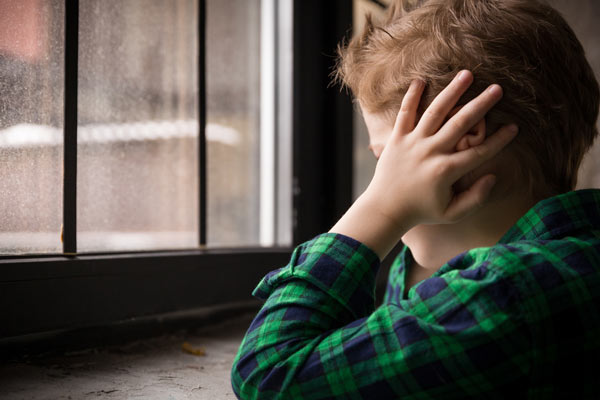
Whether you hear someone repeating words (echolalia), humming or making other noises while they are ‘stimming,’ it may be because they are having a hard time processing the situation around them, or they do not know how to respond in a conversation.
In addition to these conversation-starters, learning and reading about autism spectrum disorders can also be helpful in aiding their understanding. “Parents can also help children understand more about autism through literature. By reading together, parents and children can learn about behaviors and actions that may arise in children with autism. This opens the doors for honest discussions, where education and understanding take place. These lessons can be applied at school, on the playground, or in the grocery store. Through literature and education, kids learn that children with autism are simply kids just like them with a brain that works in different ways,” adds Colleen.
Looking for more ideas? Check out 15 Great Children's Books About Autism to get the conversation started.

